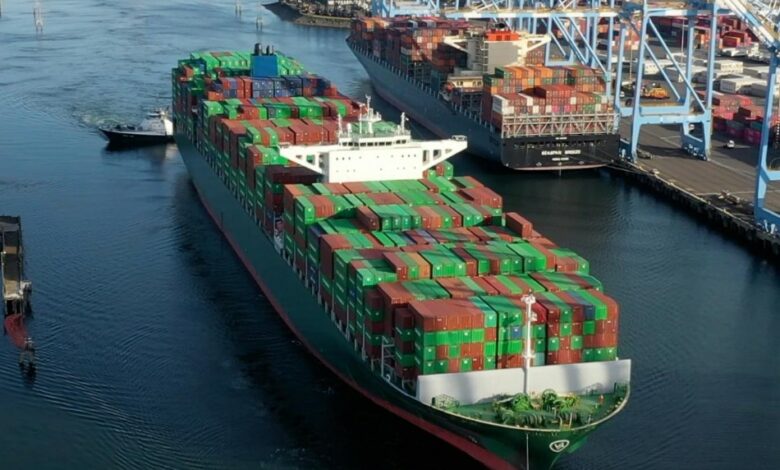Port of Tacoma shortens net zero target by a decade

The Port of Tacoma will phase out greenhouse gas emissions under its direct control by 2040, accelerating the target from 2050.
The commission addressed Scope 1 and Scope 2 greenhouse gases, which represent direct emissions from Port-owned and operated buildings and vehicles, and electricity purchased for Port facilities.
This contrasts with Scope 3 emissions, which are from sources not directly controlled by the port, such as cargo ships, drayage trucks, and facilities leased to private companies.
Strategies for port-controlled assets include buying electric vehicles, replacing natural gas in buildings with electricity, and purchasing renewable fuels to displace fossil fuels.
The Port of Tacoma could also purchase offset credits for remaining emissions that can’t be eliminated by other measures.
Implementing the net zero policy will require several multi-million-dollar projects, like the Administration Building Electric Vehicle Charging Station project that the commission authorized in February.
The port’s effort is part of the regional Northwest Ports Clean Air Strategy for phasing out seaport-related emissions.
It is also a managing member of the Northwest Seaport Alliance (NWSA), which manages container operations in both Tacoma and Seattle. The Port of Tacoma is working with the NWSA to reduce Scope 3 emissions through actions like the Husky Terminal Shore Power project and the South Intermodal Yard Electric Yard Tractor project.
